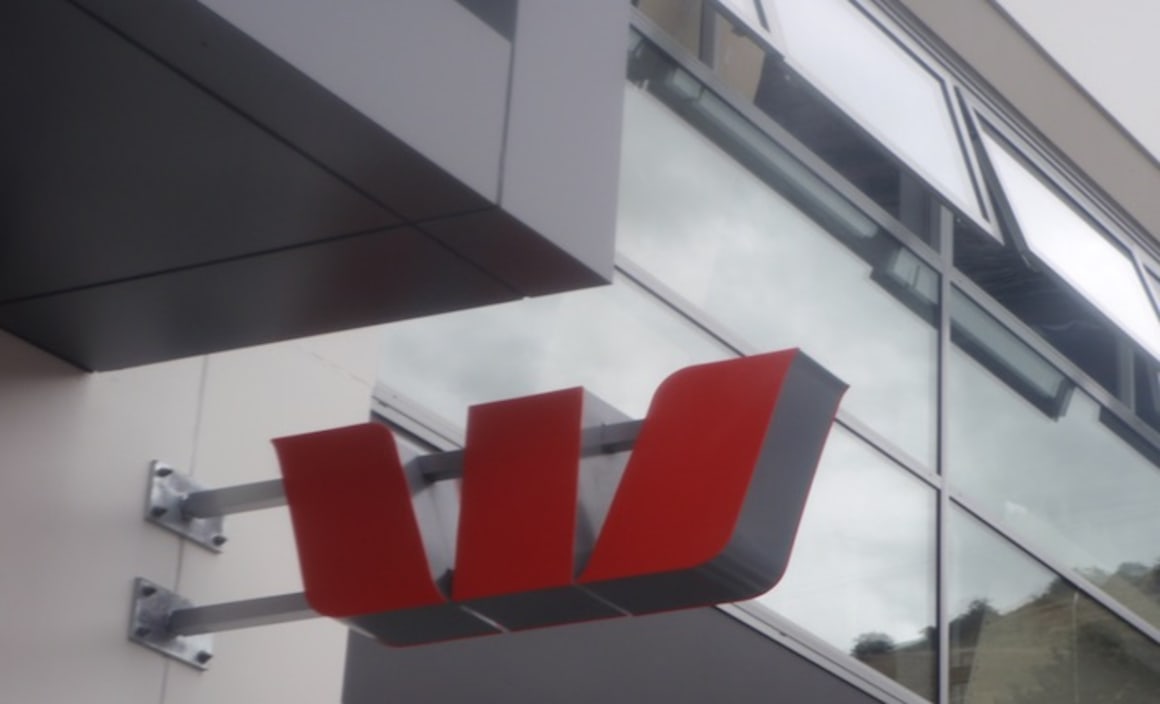Central banks in focus this week: Westpac video update

EXPERT OBSERVATION
Westpac's Andrew Hanlan has cited two key events this week, the Central Bank forum being hosted by the ECB and in Australia the RBA minutes.
Real GDP grew by 1.0% in the March quarter, lifting annual growth to 3.1% - an above trend outcome, with trend judged to be 2.7%. Non-farm GDP grew by 3.6% over the year, the strongest annual outcome since 2012. These results bring output growth more into line with that for employment, which increased by 3.5% over the year.

Economic conditions have been supported by a combination of global and domestic forces, leading to conditions becoming more synchronised across the state economies, namely:
- The global backdrop is more favourable. World growth accelerated in 2017 to 3.8%, up from 3.2%, the strongest pace since 2011. We expect world growth to hold around this 3.8% pace in 2018, supported by the US. However, conditions in China are likely to moderate.
- Commodity prices are up off the lows of late 2015, improving cash flows for miners and boosting government tax revenues. Going forward, we expect commodity prices to moderate as China slows and supply expands.
- The mining investment drag is greatly diminished, albeit not quite complete.
- Non-mining investment is trending higher, led by construction activity, to meet the needs of a fast growing population. Notably, total business investment turned the corner in 2017, up 6%, following four years of decline.
- Public demand, a quarter of the economy, grew by a brisk 5.5% over the year, directly adding 1.3ppts to activity, with additional positive spill-over effects. Investment in an upswing (centred on transport infrastructure) and additional resources are being directed to health.
- Exports are a growth driver, adding 0.9ppts to activity over the year, with strength in LNG (expanding capacity) and services (albeit current estimates suggest a recent consolidation).
Weaknesses remain, particularly around the consumer and housing. The consumer is vulnerable at a time of weak wages growth, high debt levels and slipping house prices. The housing sector is cooling as lending conditions tighten, with prices easing back from recent highs. Auction clearance rates in Sydney and Melbourne have slipped further to now be at below average levels.

Consumer spending is choppy (up only 0.3% in the March quarter) and ‘slightly below trend’ (up 2.9% over the year). Even the current pace of consumer spending appears unsustainable over the forecast period – we expect a slowing to 2.5% for 2018 and 2019. Spending has been supported by a drop in the savings rate, declining to 2.1% from 4.0% a year ago, with the scope for a further run-down diminished. In addition, the turnaround in housing price growth, from 11.3%yr nationally a year ago to –1.5%yr currently, could see negative spill-overs for consumer demand, although ‘wealth effect’ boosts look to have been very muted through the price upturn (see p14).
Total labour income grew by a robust 5.1% over the past year, but this was largely reliant on a very strong hiring burst that looks to have been temporary. Wages, as measured by average compensation of non-farm employees, grew by only 1.6% over the year, to be flat in real terms. Employment increased by 3.5% in the year to the March quarter 2018, twice population growth, in part a catch-up following a hiring pause around the July 2016 Federal election. Jobs growth has subsequently slowed in 2018, to 1.2% annualised for the initial five months - for the full year we expect an increase of around 1.8%.

As to home building activity, this contracted by 5.0% in 2017, consistent with the decline in dwelling approvals from the historic highs of 2016, largely centred on high rise projects. This downturn has further to run with the contraction accelerating into 2019 after a near-term consolidation early in 2018. Large increases in new supply and a marked slowdown in sales to foreigners are weighing on the outlook for residential building.
In summary, key positives around pubic demand, business construction investment and exports will provide a solid base for overall economic activity However, with weaknesses in consumer spending and housing we expect GDP growth to moderate to 2.7% in the year to December 2018 and then slip to a below trend 2.5% for December 2019.
Andrew Hanlan is senior economist for Westpac and can be contacted here.